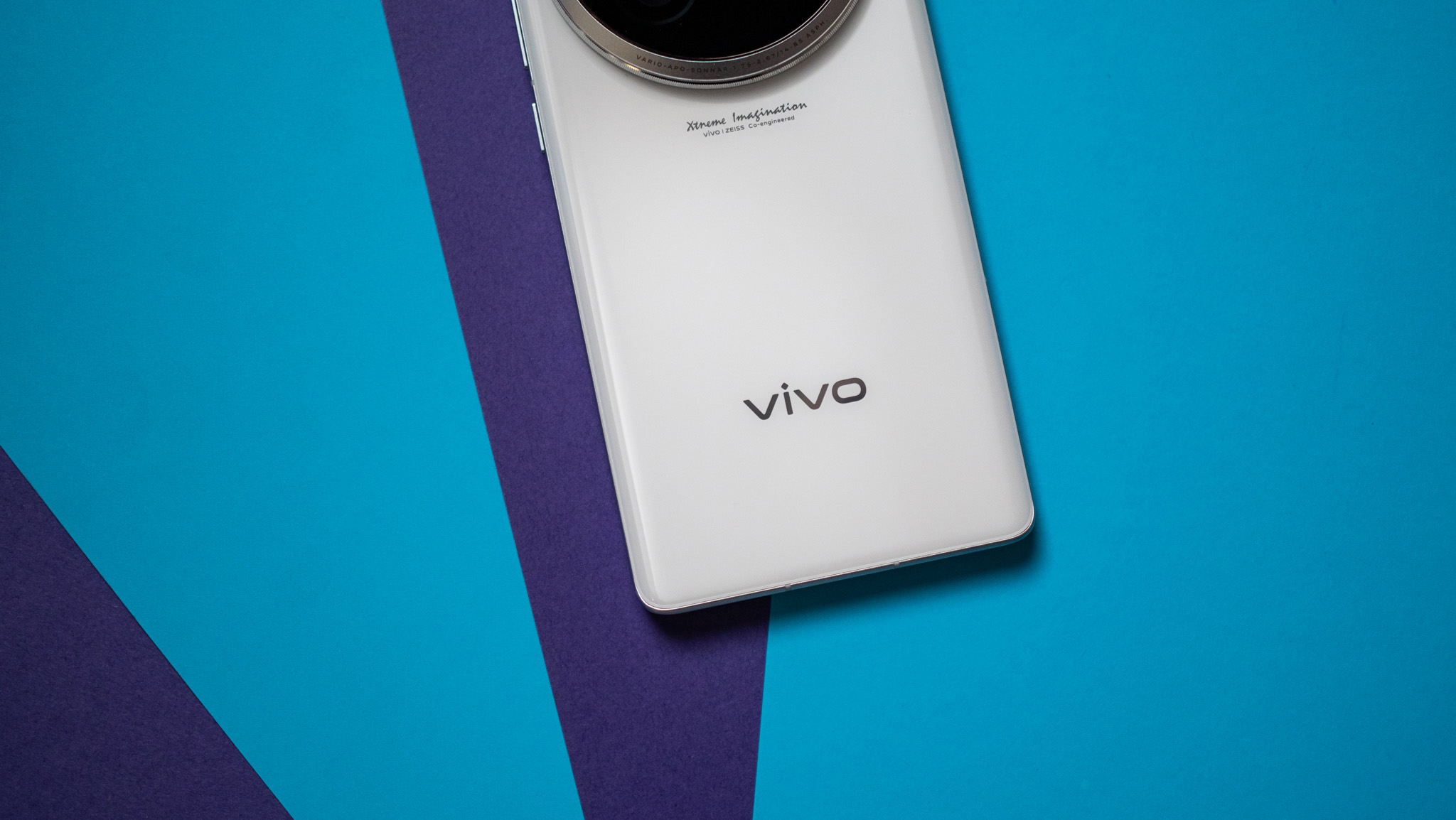Xiaomi Mi Mix 3 vs. Mi 9: Which should you buy?
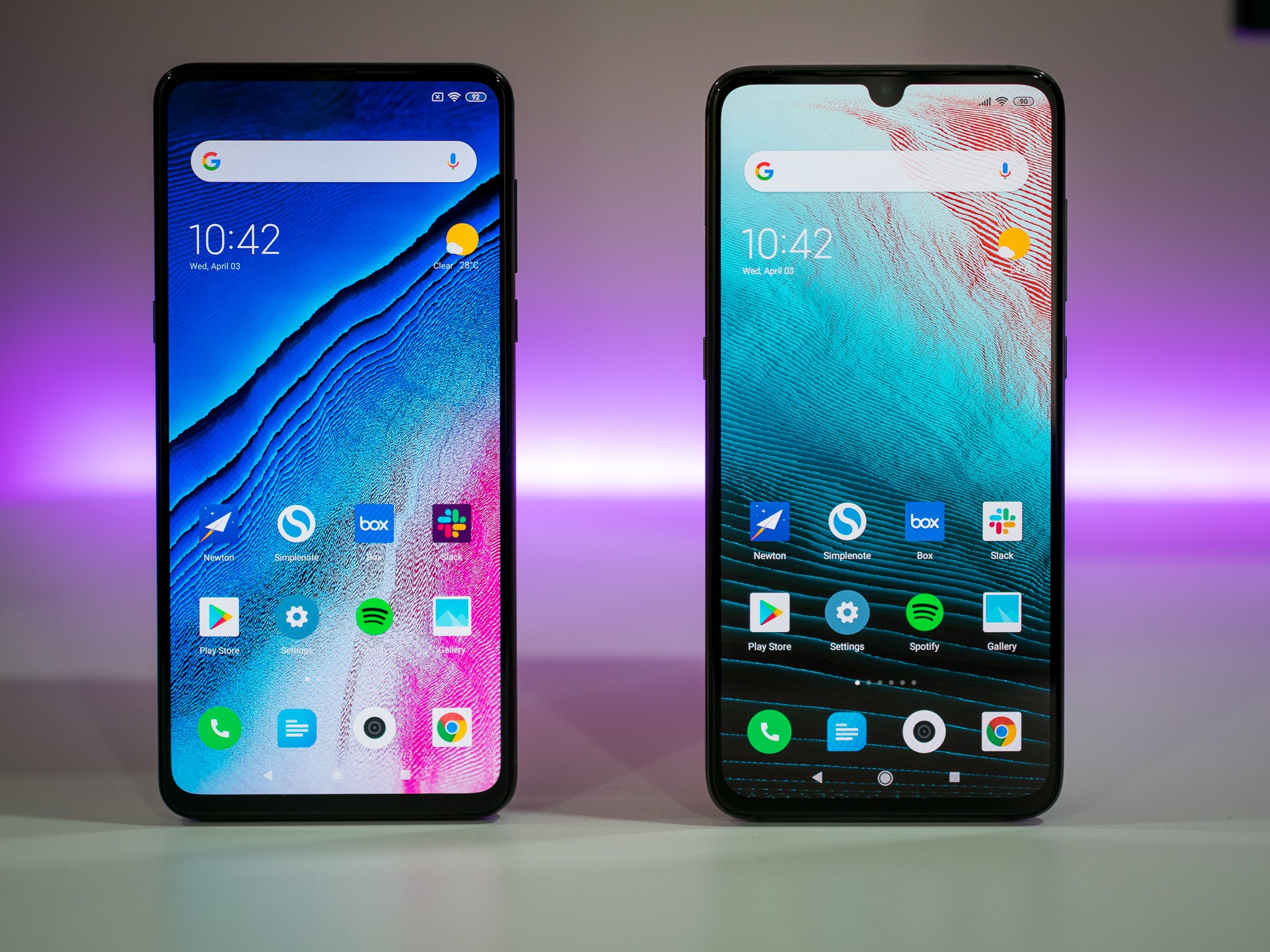
Xiaomi Mi Mix 3
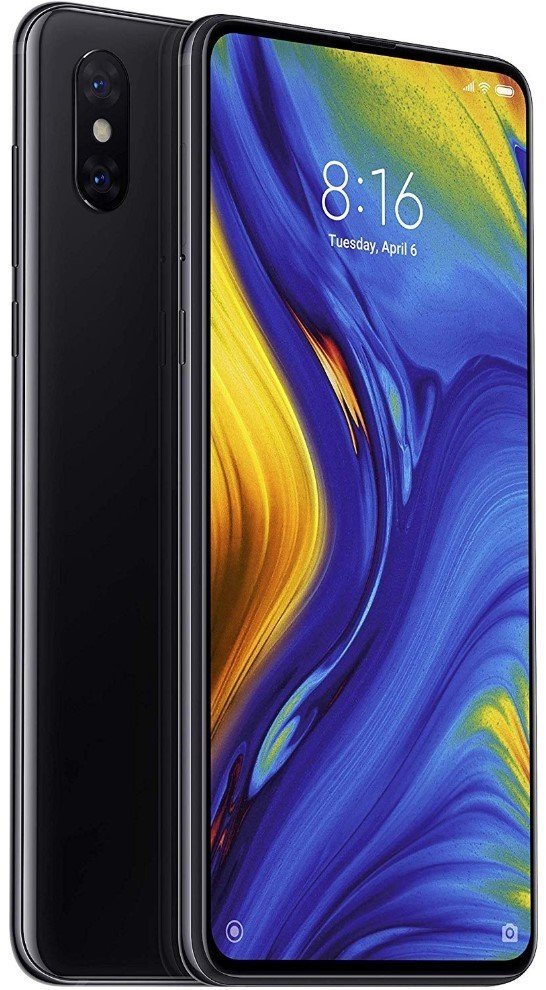
We've seen sliders before, but the Mi Mix 3 is in a league of its own. The entire front of the 6.4-inch screen slides down to reveal the front cameras, which is just incredibly cool. And it's reliable too — I used it for three months and it's still going strong. The internal hardware is fantastic, the all-screen design is mesmerizing, and you can pick up a global model on Amazon for just $520.
Xiaomi Mi Mix 3
Revolutionary design
Xiaomi Mi 9
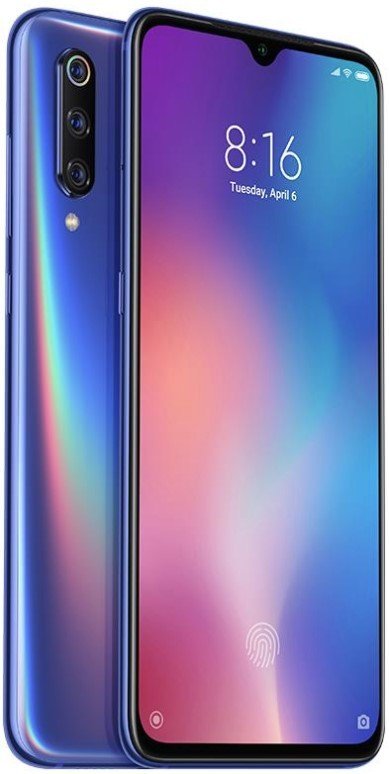
You only need to take one look at the Mi 9 to see how far Xiaomi's design has come in the last three years. But what truly differentiates the Mi 9 is the 48-megapixel camera at the back — the phone takes great photos in daylight and low-light scenarios. It's packing the latest hardware available now, and is set to go on sale for about the same price as the Mi Mix 3.
Xiaomi Mi 9
Exquisite camera
Xiaomi phones have always offered excellent hardware for the asking price, and that hasn't changed in 2019. The Mi Mix series in its third generation and the mainstream Mi line is in its ninth iteration. While both phones retail for under $600, they're aimed at different audiences.
Mi Mix 3 and Mi 9 redefine value in the mid-range segment
Both the Mi Mix 3 and the Mi 9 are aimed at the mid-range segment, but they offer enough differentiated features that they individually stand out. The Mi Mix 3 offers a unique design with a sliding mechanism wherein the entire screen slides down to reveal the front cameras. Vivo went with retractable front cameras on its devices, and the Find X hid both the front and rear cameras behind the motorized slider.
Xiaomi's take on sliders is the most ambitious yet, as the entire screen is mounted on rails that slide down every time you need to use the front cameras. The back is just as interesting: the Mi Mix 3 retains the ceramic chassis that debuted on the first-gen Mix, and overall the phone feels much more premium than its $520 retail price suggests.
Mi Mix 3 delivers a unique design with a slider, while the Mi 9 is the more mainstream phone.
The result of that slider mechanism is that the Mix 3 is quite bulky — coming in at 8.3mm versus the Mi 9's 7.6mm. The phone is also one of the heaviest I used at 218g, and the difference is immediately noticeable when using it next to the 173g Mi 9.
The Mi 9, on the other hand, has a much more mainstream design. There's a waterdrop notch up front, and a glass back. Xiaomi sells the Mi 9 in interesting gradient patterns, but I have the standard black option. While the black color variant gives it an understated look, the Lavender Violet and Ocean Blue gradient options are much more vibrant and make the phone stand out.
Be an expert in 5 minutes
Get the latest news from Android Central, your trusted companion in the world of Android
The slider eliminates any cutouts, and as such you get an all-screen front on the Mi Mix 3. It's a delight to play games and view videos on the phone, and aside from the lack of a cutout, both phones share an identical 6.4-inch Super AMOLED display.
Xiaomi isn't one to hold back on the hardware front, and the Mi 9 is packing Qualcomm's latest Snapdragon 855 chipset. It's also the first Snapdragon 855 device I've used (Samsung sells the Exynos S10 in these parts), and I didn't notice a huge difference in performance from the Snapdragon 845-toting Mi Mix 3. The Snapdragon 845 still has plenty to offer in 2019, and you're not going to be wanting for performance on the Mi Mix 3.
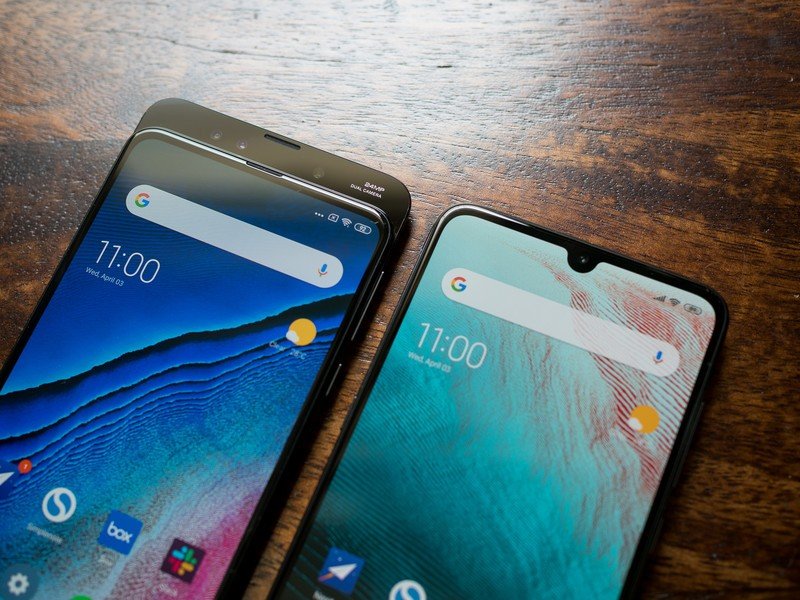
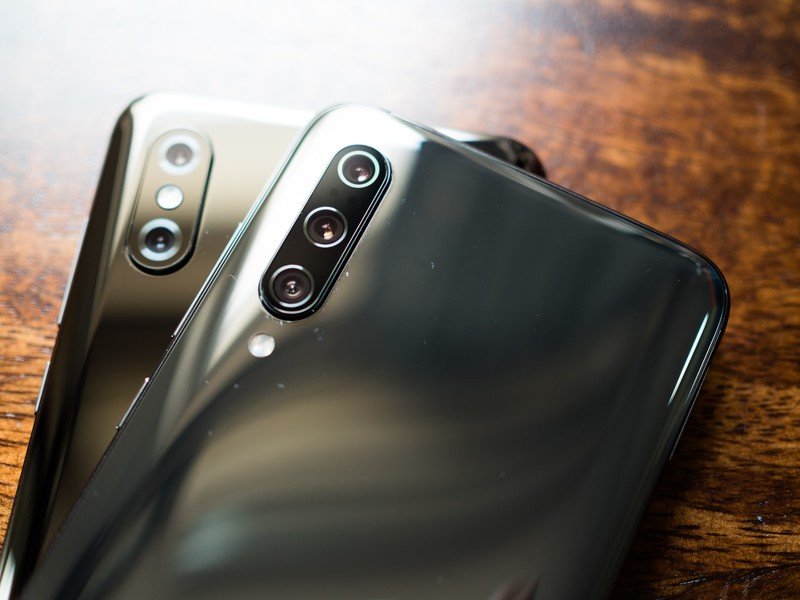
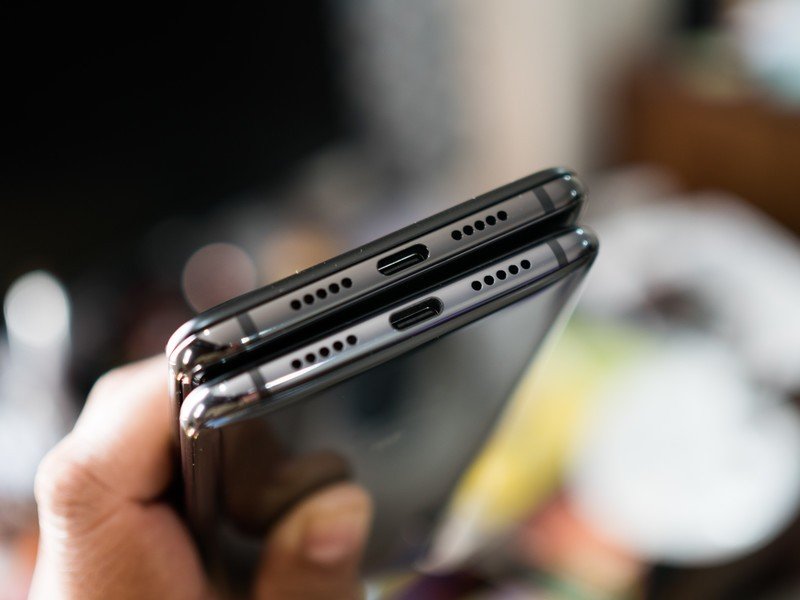
As good as they both are when it comes to hardware, there are a few features missing. You're not going to find a microSD slot on either device or a 3.5mm jack. There's no water resistance either; so you're better off not taking them near any water bodies. The Mi Mix 3 has a traditional fingerprint sensor at the back, but the Mi 9 has an optical fingerprint sensor. It's not the worst in-display sensor I've used so far, but it is nowhere as fast or reliable as the one on the Mix 3.
That said, both phones have wireless charging. I was excited about 10W wireless charging on the Mi Mix 3, but then the Mi 9 came along and introduced 20W wireless charging. Xiaomi is currently leading the pack when it comes to wireless charging, and if a recent demo is any indication, we'll soon see a 100W wired charger from the brand as well.
Another notable feature on the Mi 9 is the three rear cameras — a first on a Xiaomi phone. The primary 48-megapixel (MP) camera is joined by a wide-angle 16MP sensor and a 12MP zoom lens. The Mi Mix 3, meanwhile, has a dual 12MP + 12MP camera configuration at the back, with the secondary lens offering 2x optical zoom.
The Mi 9 wins out when it comes to the camera, thanks to the 48MP camera. The Mi Mix 3 takes decent photos in its own right, but the image quality isn't quite on par with the Mi 9. The only thing preventing the Mi 9 from being a truly great camera is the lack of image stabilization.
All the specs you need
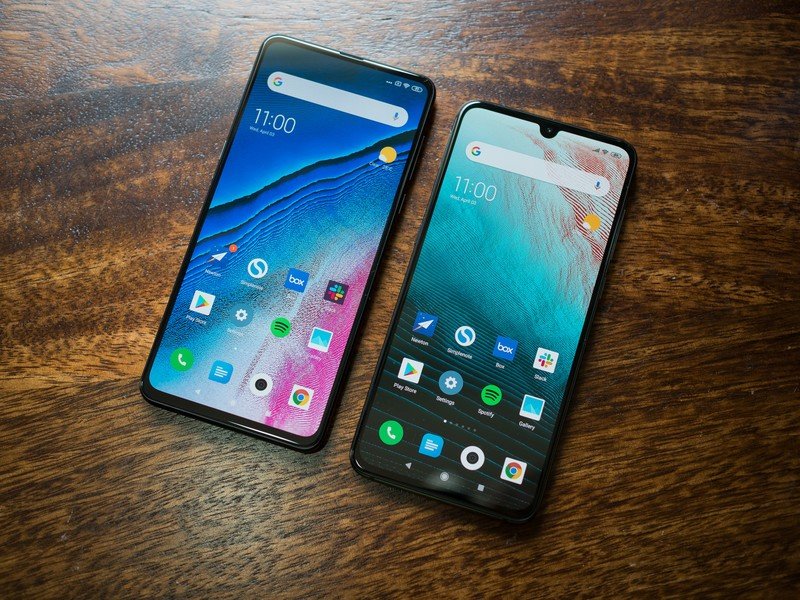
Xiaomi built its entire business on delivering excellent value for money. Therefore, both the Mi Mix 3 and the Mi 9 deliver outstanding specs for the asking price.
| Category | Xiaomi Mi Mix 3 | Xiaomi Mi 9 |
|---|---|---|
| Operating system | Android 9.0 PieMIUI 10 | Android 9.0 PieMIUI 10 |
| Display | 6.39-inch Super AMOLED2340x1080 (19.5:9)HDR10Gorilla Glass 6 | 6.39-inch Super AMOLED2340x1080 (19.5:9)HDR10Gorilla Glass 6 |
| Chipset | Snapdragon 8454 x 2.80GHz Kryo 385 Gold4 x 1.70GHz Kryo 385 SilverAdreno 63010nm | Snapdragon 8551 x 2.84GHz Kryo 4853 x 2.41GHz Kryo 4854 x 1.78GHz Kryo 485Adreno 6407nm |
| RAM | 6GB/8GB | 6GB/8GB |
| Storage | 128GB/256GB | 64GB/128GB |
| MicroSD slot | No | No |
| Rear camera 1 | 12MP, f/1.84-axis OISDual Pixel PDAF | 48MP, f/1.8Dual Pixel PDAF |
| Rear camera 2 | 12MP, f/2.2Telephoto | 16MP, f/2.2Wide-angle |
| Rear camera 3 | None | 12MP, f/2.2Telephoto |
| Front camera 1 | 24MP, f/2.0 | 20MP, f/2.0 |
| Front camera 2 | 2MP | None |
| Connectivity | Wi-Fi ac, Bluetooth 5.0AptX HD, NFC, A-GPS | Wi-Fi ac, Bluetooth 5.0AptX HD, NFC, A-GPS |
| Audio | USB-CSingle speaker | USB-CSingle speaker |
| Battery | 3200mAhNon-removable | 3300mAhNon-removable |
| Charging | USB-C at 18W10W wireless charging | USB-C at 27W20W wireless charging |
| Water resistance | None | Row 15 - Cell 2 |
| Security | Fingerprint (optical) | In-display fingerprint (optical) |
| Dimensions | 157.9 x 74.7 x 8.5mm218g | 157.5 x 74.7 x 7.6mm173g |
| Colors | Sapphire Blue, Onyx Black, Jade Green, Forbidden City Blue | Piano Black, Lavender Violet, Ocean Blue |
MIUI 10 has plenty to offer ... including unwanted ads
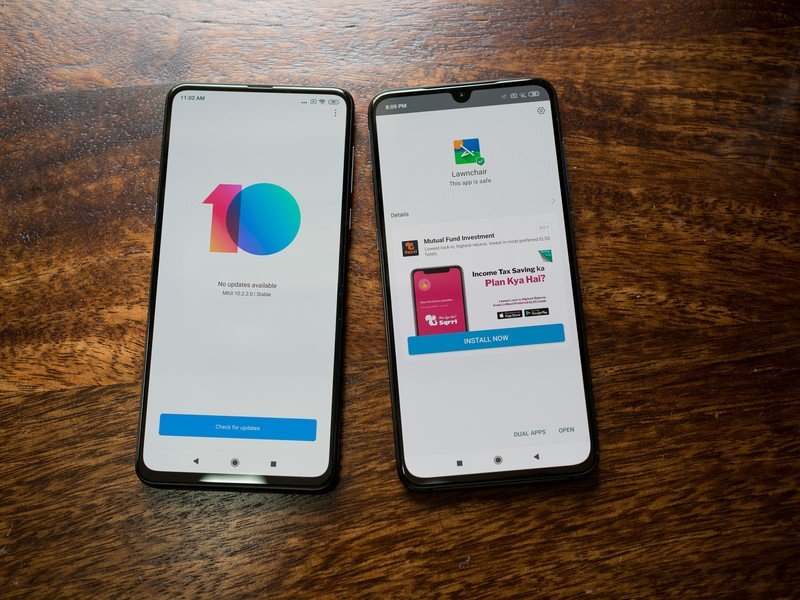
MIUI has come a long way in the last two years, with Xiaomi making considerable changes on the visual front. The notification pane, in particular, has received a lot of attention, and it now looks modern. Xiaomi has also fixed a lot of issues related to notifications, and at the same time, it added meaningful features to MIUI that make it one of the most customizable skins around.
MIUI has come a long way in the last two years, but ads continue to bring down the overall experience.
That said, MIUI has also picked up an unwanted addition last year: ads. They're everywhere in the interface, from the lock screen to the settings, and it mars the overall experience considerably. I didn't see any ads on the Mi Mix 3, but from the moment I started setting up the Mi 9 I was inundated with them.
Xiaomi has vestiges of the Chinese MIUI ROM in the global version, with a feature called Security scan checking every app as it's being installed for malware and other security vulnerabilities. The feature isn't needed in the global version as Google's Play Protect does the same thing, but what's even more annoying is that Security scan shows ads the entire time it's scanning your installed apps.
What's also puzzling is that although both phones are on MIUI 10, I only saw ads on the Mi 9. Both devices are on stable MIUI 10.2 builds — 10.2.2.0 on the Mi Mix 3 and 10.2.6.0 on the Mi 9 — so they should theoretically offer an identical experience. That wasn't the case, and Xiaomi needs to rethink its position on ads, at least on its flagships.
It's all a matter of choice
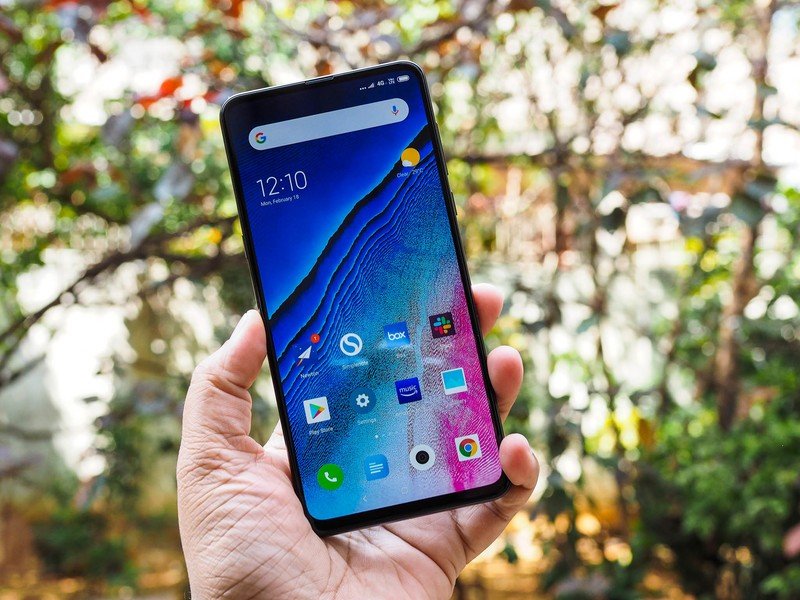
With both the Mi Mix 3 and the Mi 9 retailing at the same price point, it comes down to what you're looking for in a phone. The Mi Mix 3 is a unique device that immediately stands out in the sea of notched devices, and the ceramic chassis gives it added elegance.
If you want something that stands out, get the Mi Mix 3.
The Mi 9 definitely looks more flashy thanks to the gradient pattern, and it also has newer hardware in the form of the Snapdragon 855. Then there's the 48MP back camera: it's safe to say that this is the best camera that Xiaomi has ever put in a phone.
If you want the latest hardware and a phone that can take excellent photos, then the Mi 9 is the device to get. But if you're looking for a device that's more unique — but can still take decent photos — the Mi Mix 3 is the better option. Honestly, you're not going to regret picking up either device and choosing between the two is a matter of personal preference.
Although neither phone will debut in the U.S., the global version of the Mi Mix 3 is available on Amazon from a third-party seller for $520, making it a fantastic deal.
For me, the sliding mechanism on the Mi Mix 3 is one of the coolest things I've ever used, so if I had to buy a phone with my own money, I'd go with the Mi Mix 3.

An innovative way to solve the notch problem
The Mi Mix 3's slider mechanism is a great way to get around the notch problem, and Xiaomi has done a magnificent job with the execution. The mechanism feels just as robust even after three months of use, and the design combined with the ceramic chassis gives the Mix 3 a leg up over other devices in this category.

The latest hardware backed by Xiaomi's best-ever camera
Xiaomi phones haven't been known in the past for their camera prowess, but that's changing with the Mi 9. The 48MP camera takes excellent photos in both daylight and low-light scenarios, and the Snapdragon 855 ensures it has more than enough power for day-to-day tasks. Simply put, the Mi 9 has one of the best cameras in the mid-range tier.

Harish Jonnalagadda is Android Central's Senior Editor overseeing mobile coverage. In his current role, he leads the site's coverage of Chinese phone brands, networking products, and AV gear. He has been testing phones for over a decade, and has extensive experience in mobile hardware and the global semiconductor industry. Contact him on Twitter at @chunkynerd.
